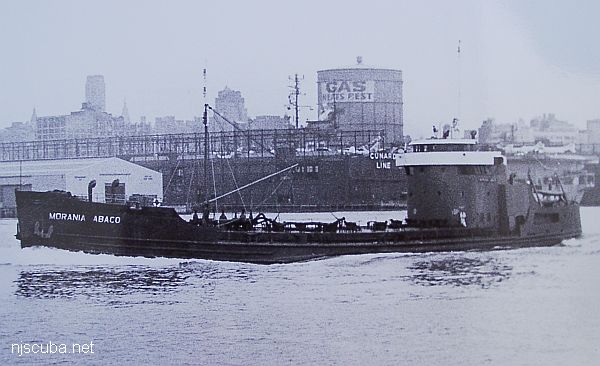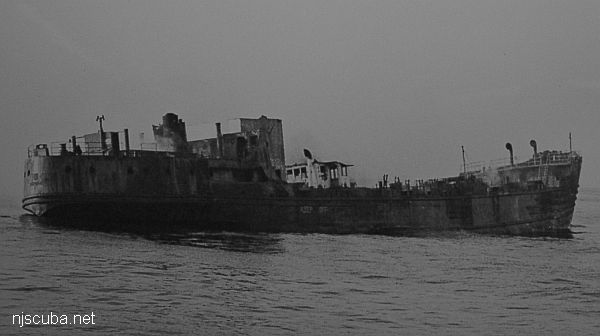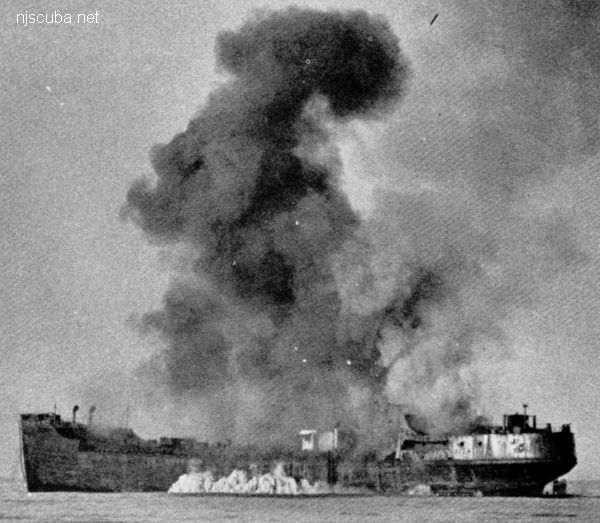Morania Abaco

- Type:
- artificial reef, tanker, USA
- Built:
- 1958, RTC Shipbuilding, Camden NJ USA
- Specs:
- ( 264 x 48 ft )
- Sponsor:
- Morania Oil Company, Army Reserve, Navy EOD
- Sunk:
- Monday November 18, 1985 - Atlantic City Artificial Reef
- GPS:
- 39°14.133' -74°12.154'
- Depth:
- 110 ft


The Morania Abaco sits upright on a sandy bottom looming of the sea floor, looking like the classic "made for TV" shipwreck. Penetration is easy. Two levels of her pilothouse were removed before sinking, as was her engine. Fish abound, and lobster can be found in her lower compartments. Visibility is typical for the area, ranging from 20 to 50 ft. When water is clearer in August and September, she's a good photography wreck.
Historic photo courtesy of McAllister Towing


Questions or Inquiries?
Just want to say Hello? Sign the .